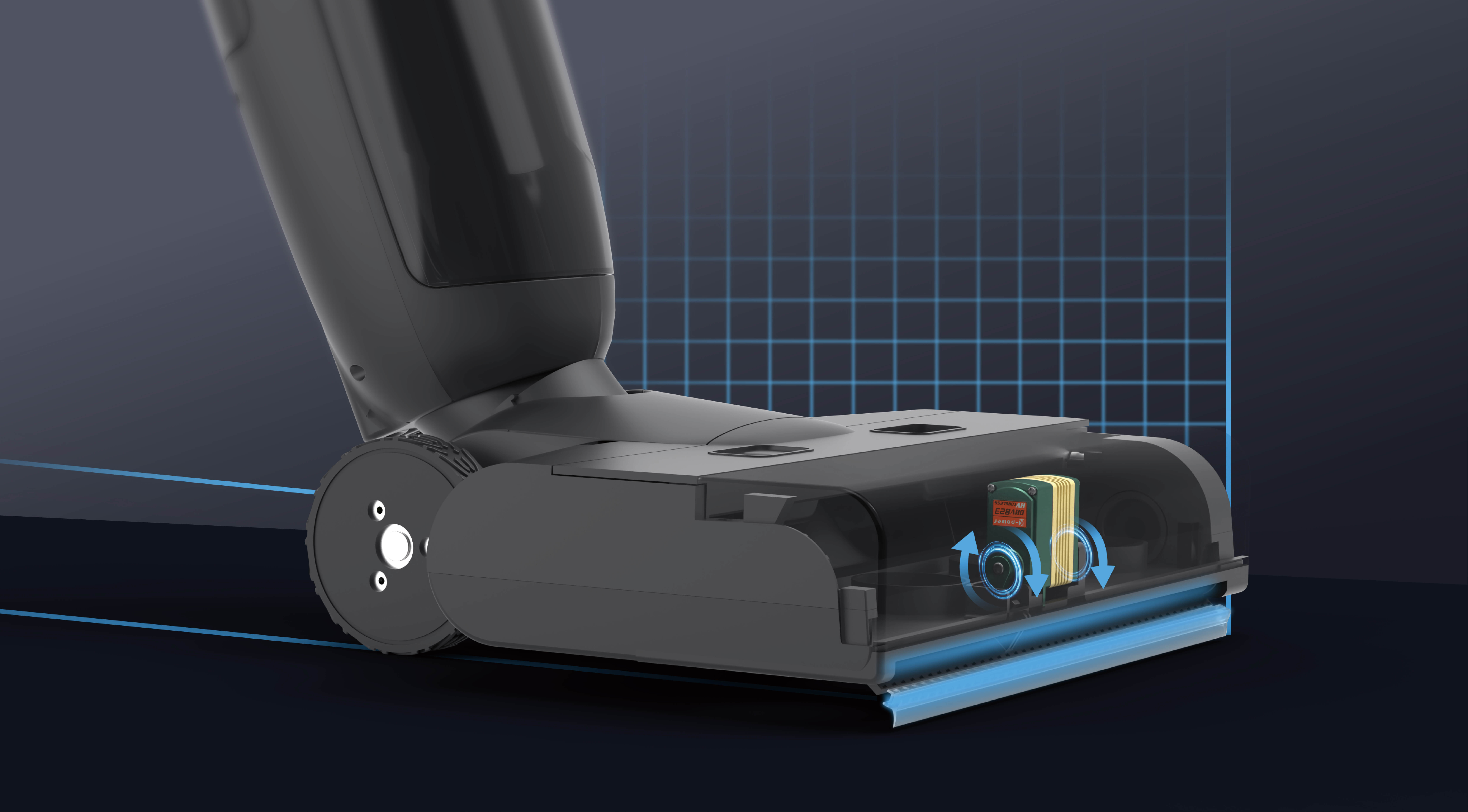Ever wondered if you could make a servo motor dance without relying on an Arduino? It might seem like a tech puzzle, but it’s actually simpler than you think. Imagine powering up a servo directly—no microcontroller needed—and making it do what you want. Sounds crazy? It’s not, really. It’s about understanding basic electronics and controlling the motor with a few clever tricks.

First off, you need to understand what makes a servo tick. Those tiny motors with a built-in control circuit are usually operated via signal pulses—think of it as giving them a “move to this position” command. Traditionally, that’s handled by an Arduino or similar. But, if you want to run a servo without an Arduino, you'll need a different approach: a power supply, a signal generator, and some wiring skills.
One method involves using a 555 timer IC—this is a classic. Picture this: the 555 acts like a pulse factory, generating the signals that tell your servo what to do. Instead of writing code, you set your pulse frequency and width by tweaking resistors and capacitors. It’s like tuning an old radio—you dial it in until it works just right.
But what if you're feeling a little more adventurous? You could also use a function generator or even a simple oscillator circuit that produces a square wave. Connect that directly to the servo’s control pin, and voilà—you've got movement without a microcontroller. Of course, you want to make sure your signal voltage matches your servo’s requirements; otherwise, you're looking at potential damage or unpredictable behavior.
People often ask, "Can I control multiple servos this way?" Sure thing, but it gets trickier because each servo wants its own signal. You’d need a multi-channel oscillator or multiple circuits, which starts to get complex but still doable. It’s like conducting a small orchestra—each instrument needs its individual cue.
What about power? Never skimp on the power source. Servos draw a fair amount of current when moving, so a stable, sufficient power supply—say, a 5V supply rated for the total current—keeps everything humming smoothly. Hook it up, then connect your generated PWM or pulse train to the servo's control wire. The result? Servo motors that respond to your homemade signals, all without a microcontroller.
How about precision? Well, without a microcontroller, you lose the fancy programmability, but you gain simplicity. The trade-off is in how finely you can control the position. Using analog circuits or adjustable oscillators means you can get pretty close, but don’t expect the same flexibility as with digital control. Still, for basic projects—like opening a small door or turning a fan—this works just fine.
In fact, this approach opens up a world of DIY possibilities. You can create a timer, a basic robotic arm, or even a simple automated system, all just with a handful of components. It’s a good reminder that sometimes, clever hardware beats complex programming.
So, when folks ask, “How to run a servo without Arduino?”, think about it like this: it’s about understanding the pulse that commands the servo. With a little electronics know-how, a 555 timer, some power, and a dash of creativity, you can make those motors move just fine—no microcontroller required. Imagine the satisfaction of building something straight from the circuits up, with your own hands and brain guiding every movement. Now that’s real tinkering.
Established in 2005, Kpower has been dedicated to a professional compact motion unit manufacturer, headquartered in Dongguan, Guangdong Province, China. Leveraging innovations in modular drive technology, Kpower integrates high-performance motors, precision reducers, and multi-protocol control systems to provide efficient and customized smart drive system solutions. Kpower has delivered professional drive system solutions to over 500 enterprise clients globally with products covering various fields such as Smart Home Systems, Automatic Electronics, Robotics, Precision Agriculture, Drones, and Industrial Automation.




































